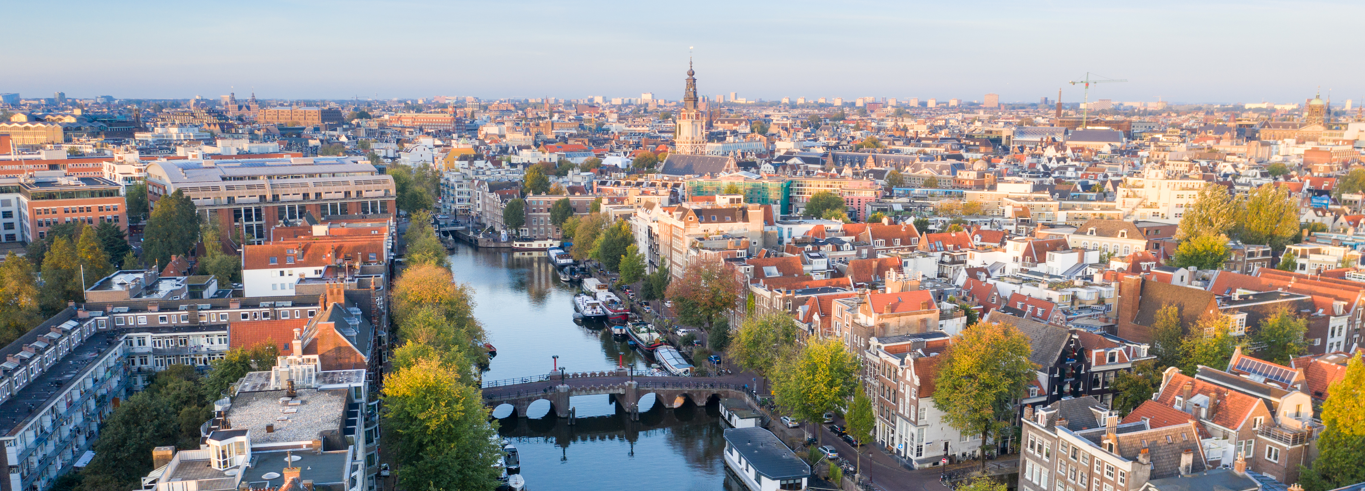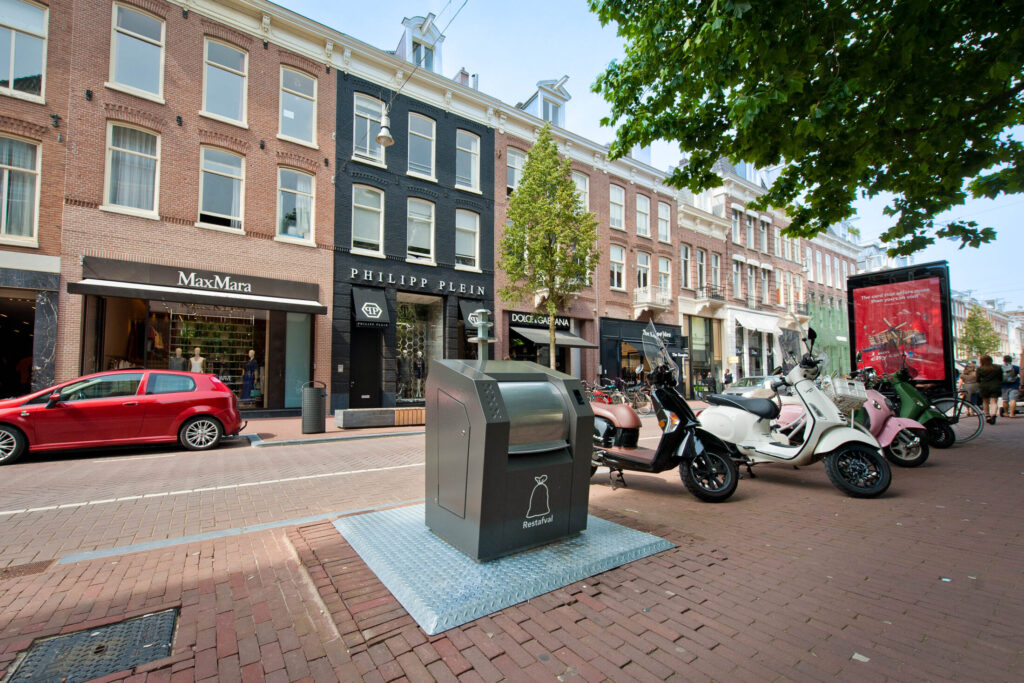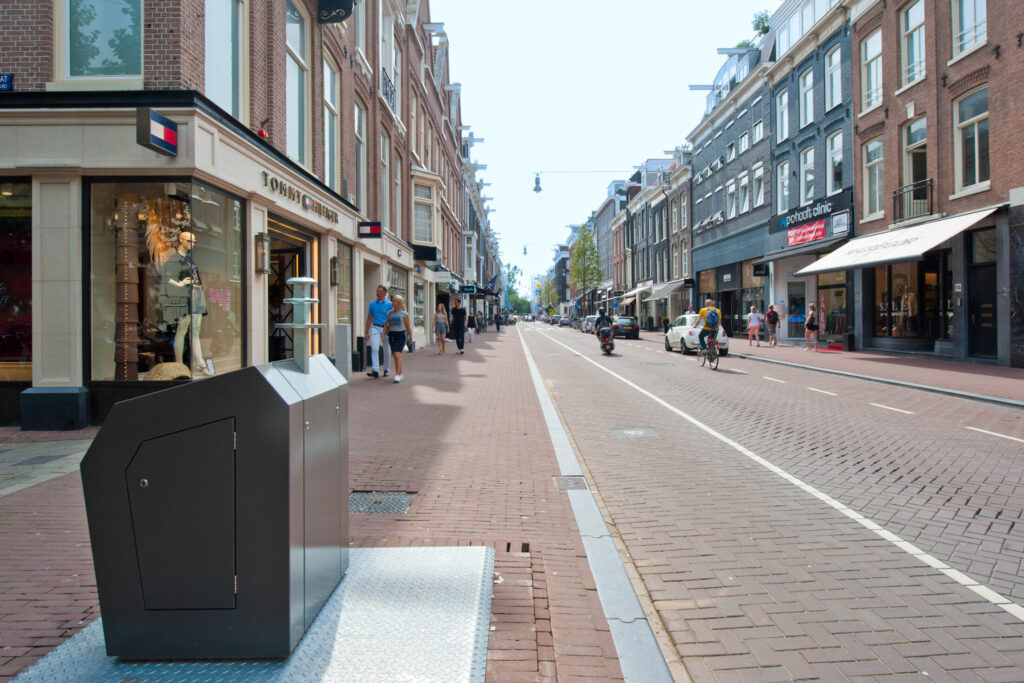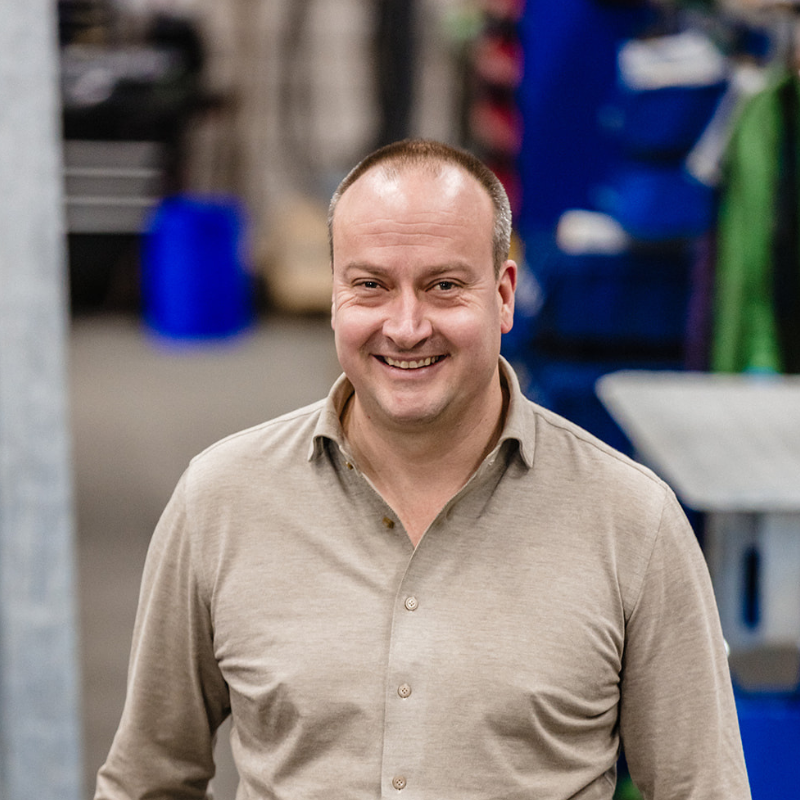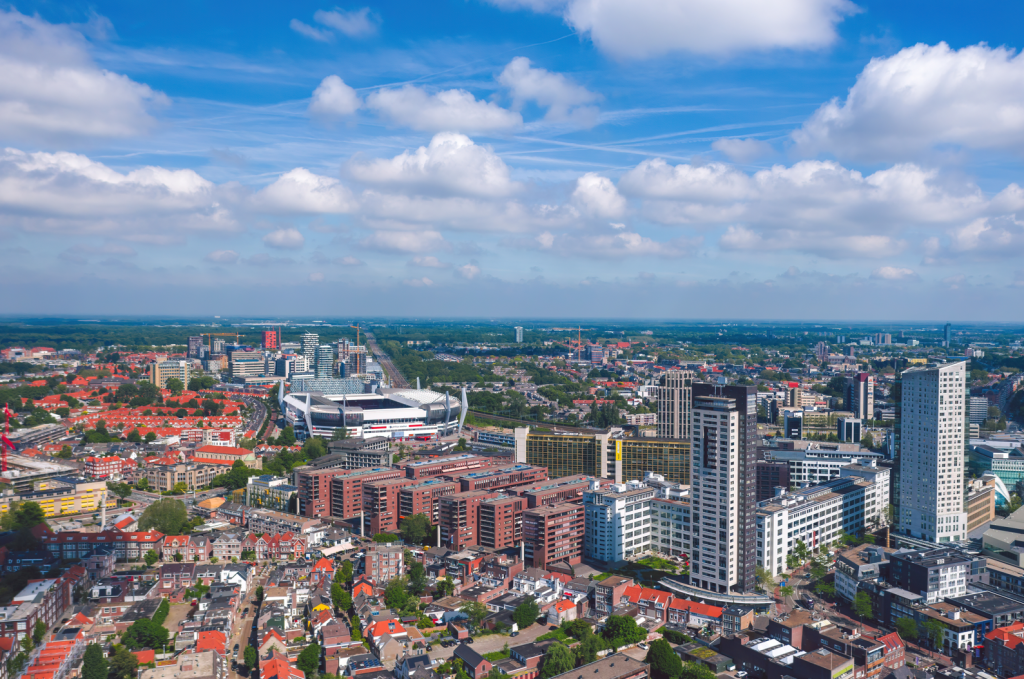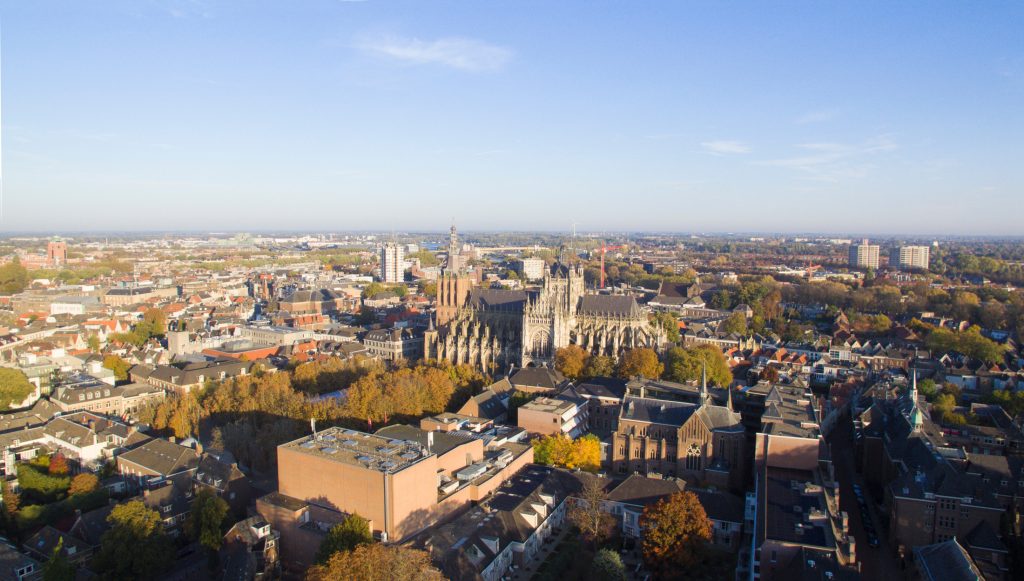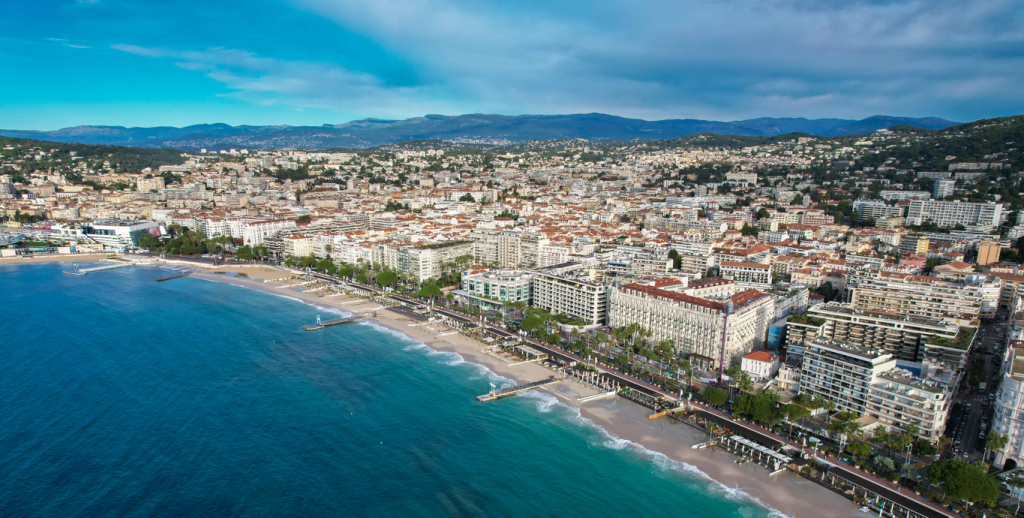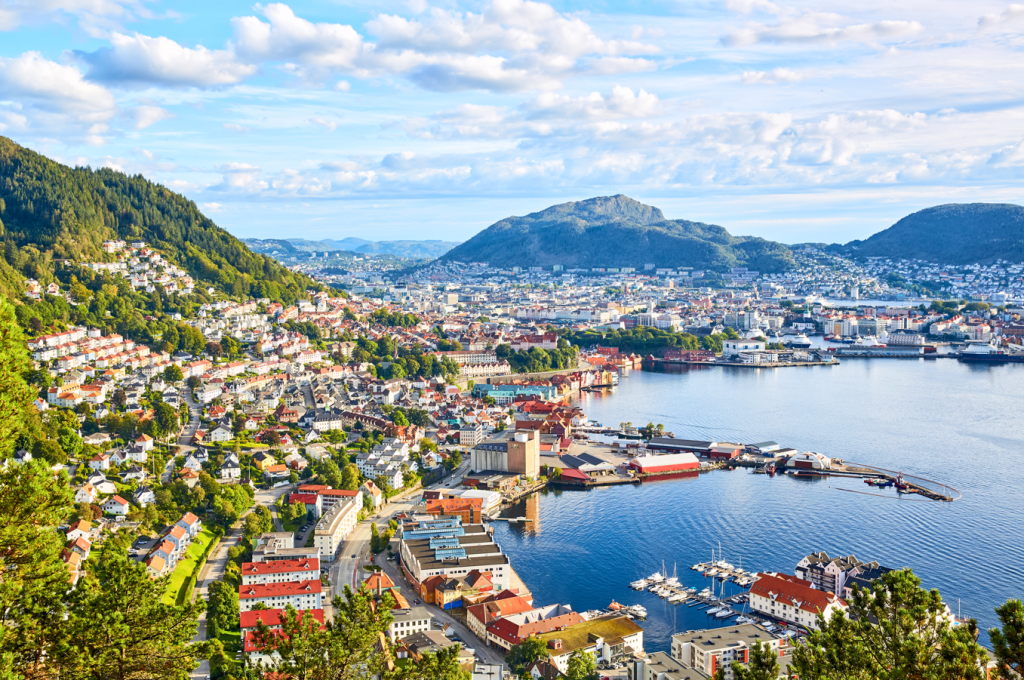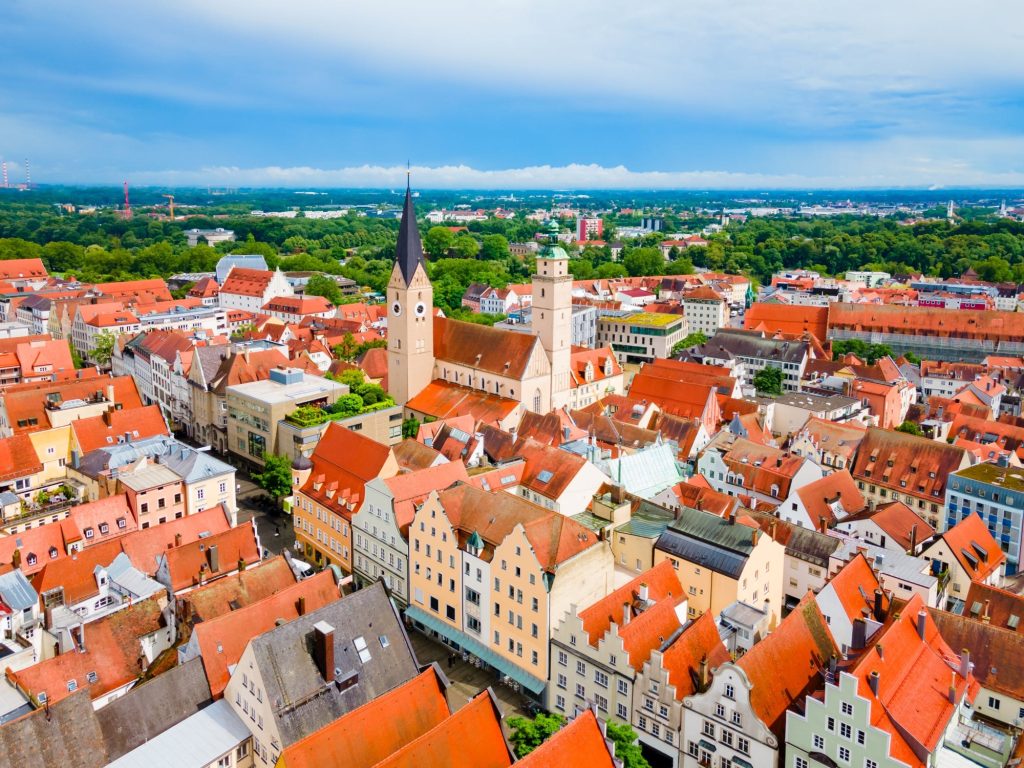Shortage of space is a problem in any city. Every square metre is coveted. For large and congested cities like Amsterdam, this problem is only intensified. Likewise, quality of life and open spaces play an increasing role in how these cities are planned. No one is happy getting stuck behind a slow-moving refuse truck in traffic or with piles of rubbish bags on their pavements. Following a lengthy tendering process, including a trial period, the city of Amsterdam decided to embark on a long-term partnership with Sidcon for the installation of underground compactors for both general waste and recyclable plastics. The deciding factors were price and quality. We have now installed no fewer than 400 underground compactors in the capital.
Space savings priority number one
The criteria varied across the city boroughs. In Amsterdam-Zuid for example, the solution to the problems of waste should not be at the expense of parking spaces.
